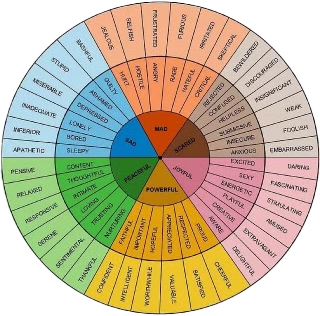Are girl relationships different from boys? Do girls tend to take more initiative in verbally communicating than boys? Are there fundamental differences in the way females and males behave and express themselves, hence the nature of their friendships are different? These are questions that have surfaced in my mind observing the students in my classes over 23 years, parenting my sons and chatting with friends who had girls.
My experiences have led me to believe that there are marked differences between girls and boys. I particularly found these differences more pronounced in kindergarten. Why? At this level, more than any other grade, the emphasis is on inquiry and play-based learning. Large chunks of class time are geared to allowing the children to choose the activity and who they choose to interact with during their periods of discovery.


Here is what I observed from girls:
- They tended to be more social, favouring activities that engaged them in communicating through dramatic play.
- They liked to take initiative in nurturing and influencing a task, mimicking their moms.
- Even at a very young age, they were more aware of the nuances of communication and more aware of the complexity of emotions.
- Due to their emotional sophistication their awareness of networking and ‘selling’ an idea seemed more intense and complex than their male counterparts.
- Girls tended to brood more than boys. Faced with conflict the boys would use their fists or bodies to express anger as opposed to the girls who would use their words, body language, and networking to express their anger.
- They seemed to be more comfortable in expressing their thoughts with great detail.
- They tend to identify one or two friends as best friends. These often change throughout the year. Boys bonding tended to be less intense as such they didn’t emphasize or ascribe to the notion of the BFF like girls.
- Even in kindergarten, they are very aware of body image and visual presentation.
Of course, all these points could be debated. My six years teaching kindergarten tended to be the biggest influence on my arrival at these generalizations. Are they absolutes? No. Yet, the bottom line is that I do believe males and females do exhibit differences in the way they relate to each other.
Below are some articles to stimulate thought and discussion on the nature of female friendships. They might provoke discussion or offer some support when guiding or coaching girls in your life.
Here is a reshare of a story I wrote back in 2008. The story is intended for grades 4 and up. I uploaded it to YouTube two years ago. It was inspired by my relationship with my principal at the time. Although we had our differences, funny enough, both she and I had childhood memories of being bullied. Although petite and cute she was teased for her red hair. I was teased for my large stocky size. It is a story about how two girls from very different backgrounds are brought together in defending each other from two gangs of bullies.


Dig Deeper
- https://medium.com/liberty-76/facing-the-vulnerable-nature-of-female-friendships-f6caced1a4d2
- https://www.healthline.com/health/womens-health/benefits-of-a-girlsquad-and-female-friendships#Can-girlfriends-help-cure-feelings-of-loneliness?-
- https://www.verywellfamily.com/girls-friendships-and-bullying-4065064






